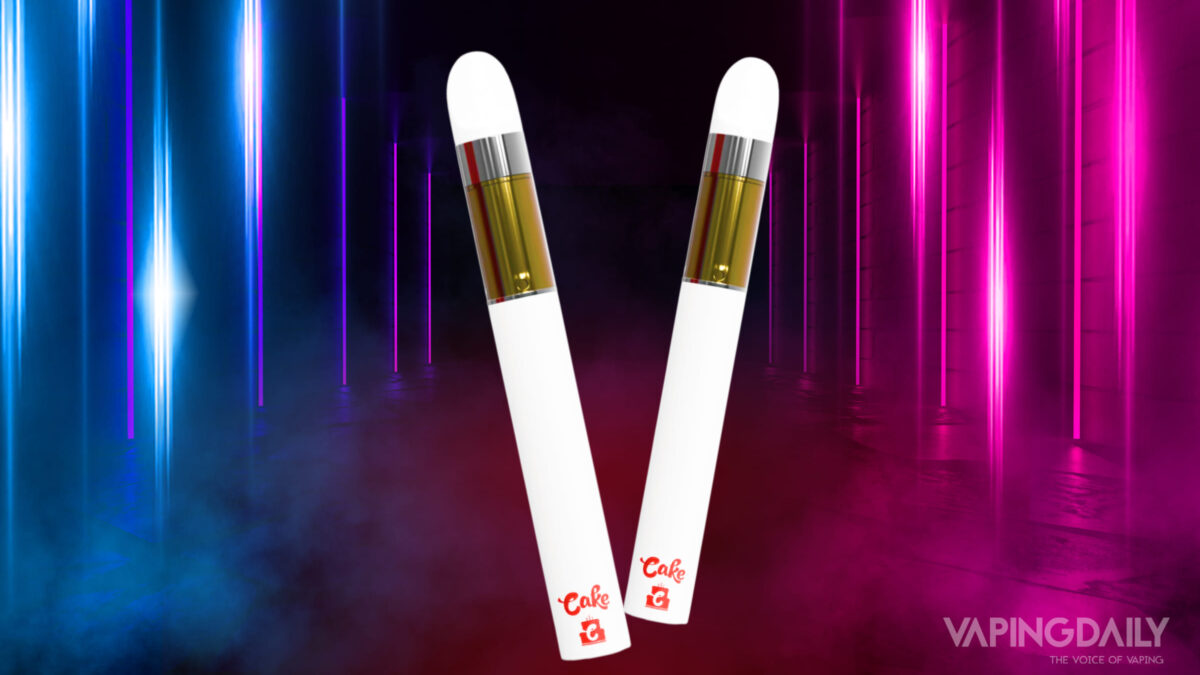
In recent years, the proliferation of Cake Disposables Vaps , often marketed as a safer alternative to traditional smoking, has sparked significant debate and concern among health experts, policymakers, and the public at large. Vaping, or the use of electronic cigarettes that heat and aerosolize a liquid solution, has gained popularity among both adults and youth, with its sleek designs and enticing flavors contributing to its widespread appeal.
While proponents of vaping argue that it can help individuals quit smoking and reduce harm, critics point to emerging evidence that raises questions about its long-term safety and potential health risks. The liquid solutions used in vaping devices, commonly referred to as e-liquids or vape juices, often contain nicotine, flavorings, and other additives. The addictive nature of nicotine raises concerns about the potential for a new generation to become addicted to nicotine through vaping, ultimately reversing the progress made in curbing traditional cigarette use.
Furthermore, the health implications of inhaling the aerosolized substances in e-cigarettes are still not fully understood. Research has shown that the aerosol emitted during vaping can contain harmful chemicals and ultrafine particles that may damage the lungs and cardiovascular system. This has led to worries about the potential for respiratory issues and long-term health consequences, particularly among young users whose bodies are still developing.
The surge in popularity of vaping among adolescents and teenagers is particularly alarming. The enticing flavors and discreet designs of vaping devices have contributed to an increase in usage among this demographic, leading to concerns about nicotine addiction and the potential gateway effect to traditional cigarette smoking. Additionally, the lack of clear regulations and oversight in the marketing and sale of vaping products has raised questions about the accessibility of these products to underage individuals.